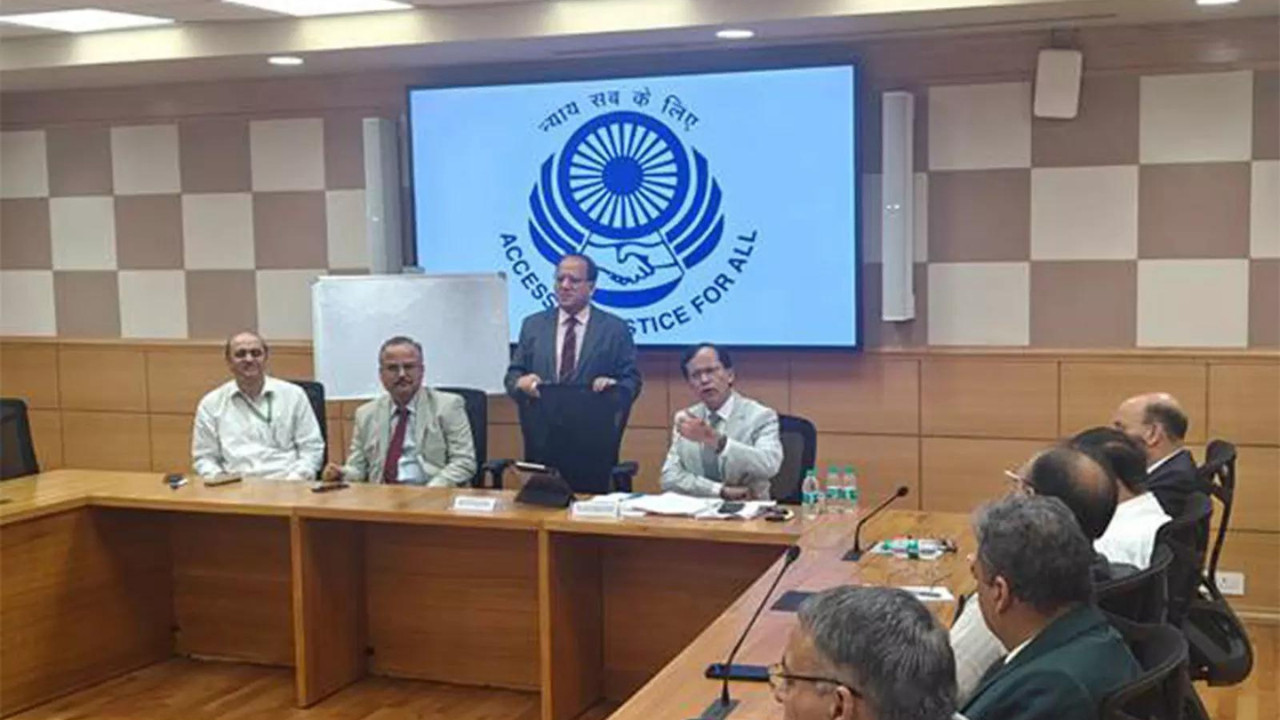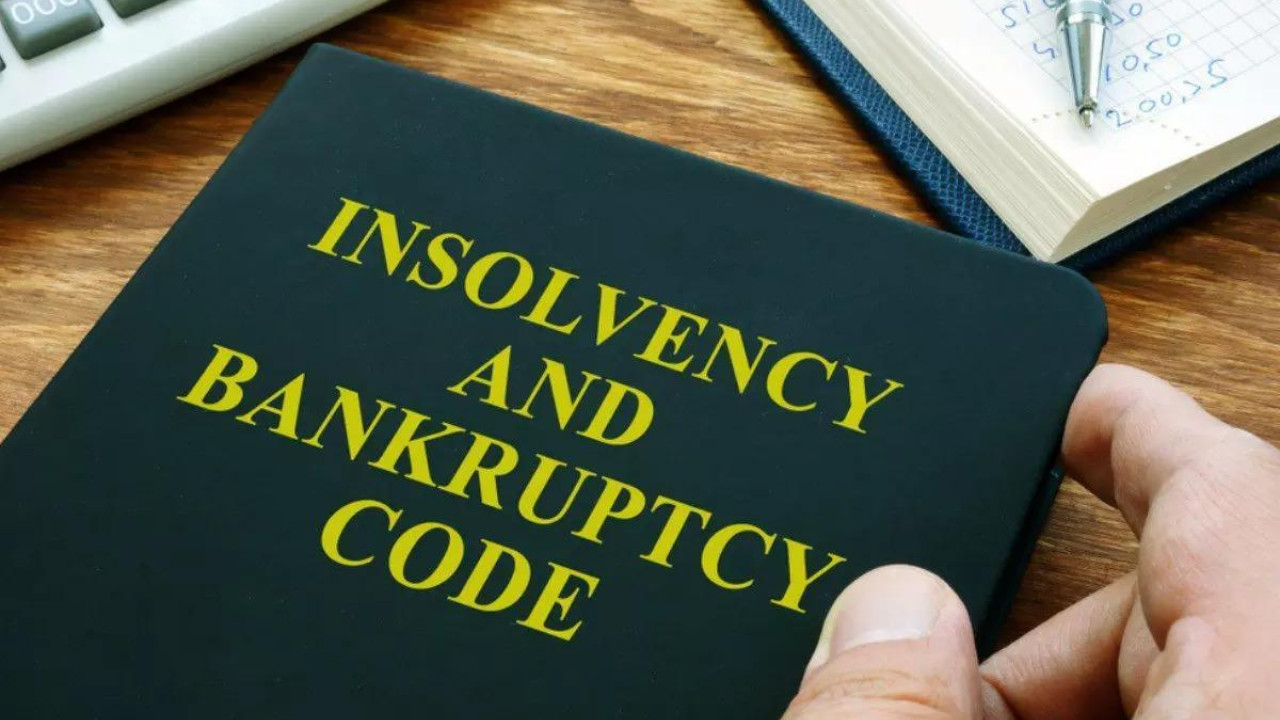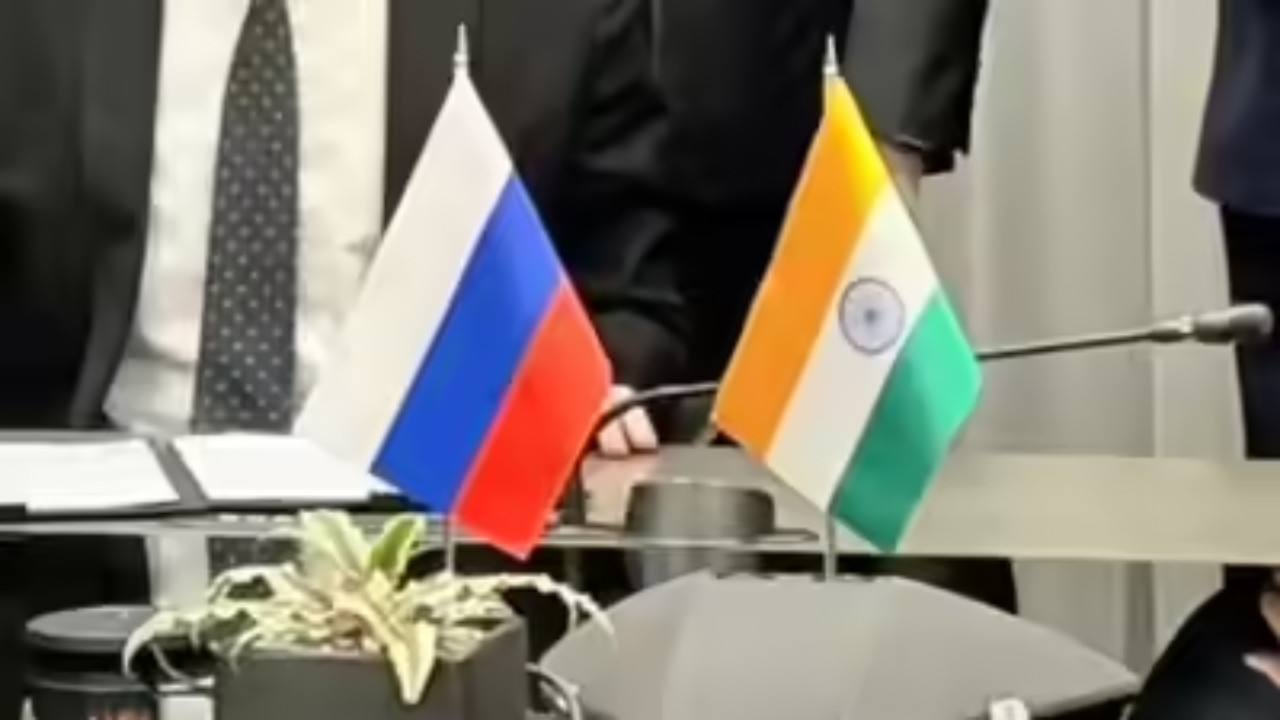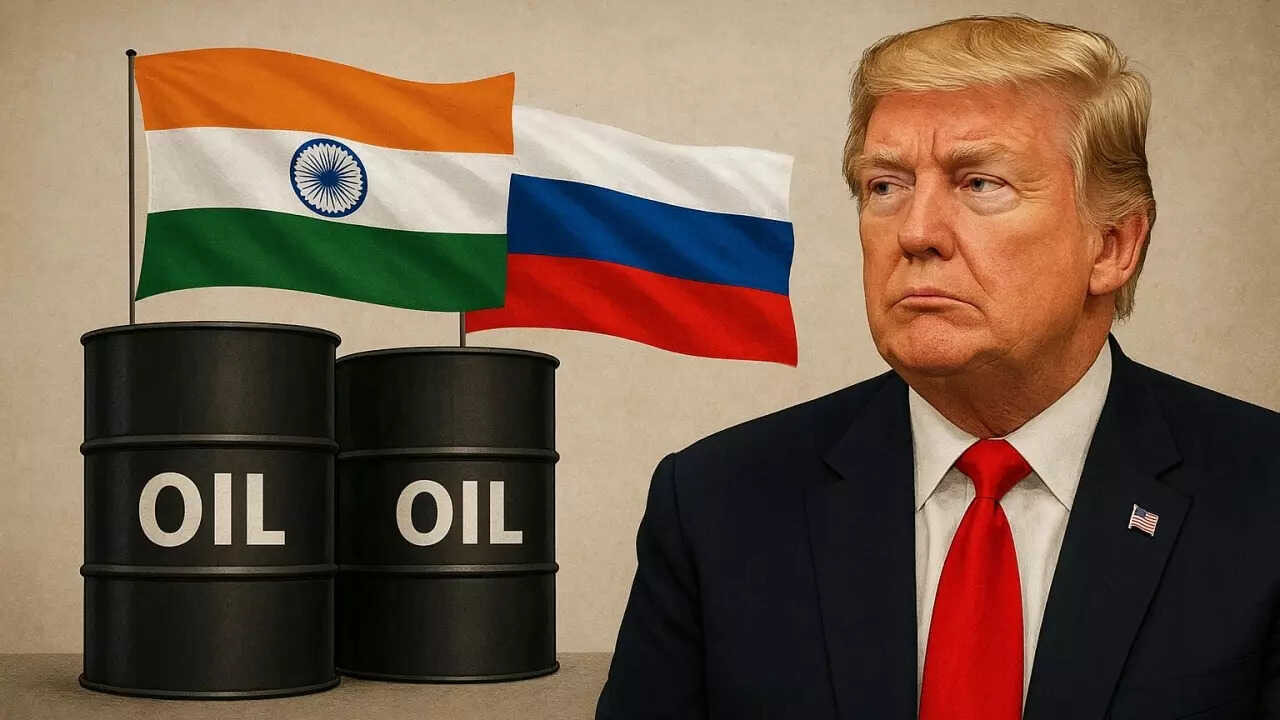The Department of Financial Services, with the Supreme Court’s MCPC, recently conducted a 40-hour mediation training for DRT officers and public sector bank executives. Held in September, the programme highlighted alternative dispute resolution’s growing importance in the financial sector. Participants learned mediation fundamentals, negotiation, and dispute resolution techniques under RDB and SARFAESI Acts, receiving widespread appreciation for the initiative.
Level Up: DRT Officers Get a Mediation Makeover
Imagine navigating the choppy waters of debt recovery. It’s a complex world, filled with legal jargon, financial intricacies, and, most importantly, people on both sides of the equation – debtors struggling to repay and creditors trying to recoup their dues. For officers at Debt Recovery Tribunals (DRTs), this is their daily reality. But the landscape is shifting, and a new emphasis is being placed on resolving disputes not through adversarial battles, but through collaborative solutions.
DRT officers are about to get a significant upgrade to their skillset: mediation training. This isn’t just a superficial add-on; it’s a strategic move spearheaded by the Department of Financial Services (DFS) and a Supreme Court-appointed panel. Why the shift? Because traditional litigation can be slow, expensive, and ultimately damaging to all parties involved. Mediation, on the other hand, offers a faster, more cost-effective, and often more amicable path to resolution.
Why Mediation Matters in Debt Recovery
Think of it this way: a court case can feel like a boxing match, with each side trying to knock the other out. Mediation, however, is more like a facilitated conversation, where a neutral third party helps both sides understand each other’s perspectives and find common ground. In the context of debt recovery, this can mean exploring options like restructured payment plans, partial settlements, or even debt forgiveness in certain circumstances.
The benefits are numerous. For debtors, mediation can provide a lifeline, offering a chance to avoid bankruptcy and rebuild their financial stability. For creditors, it can lead to quicker recovery of funds and preservation of relationships with their customers. And for the DRTs themselves, mediation can help reduce the backlog of cases, freeing up resources to focus on more complex disputes.
Equipping DRT Officers with Essential Skills
The training program is designed to equip DRT officers with the core competencies needed to effectively mediate debt recovery disputes. This includes mastering communication techniques, active listening skills, and the art of negotiation. They’ll learn how to identify the underlying interests of both parties, facilitate constructive dialogue, and guide them towards mutually agreeable solutions.
The involvement of a Supreme Court-appointed panel underscores the importance being placed on this initiative. Their expertise and guidance will ensure that the training program is aligned with best practices and delivers tangible results. It’s a clear signal that the judiciary recognizes the value of alternative dispute resolution mechanisms in easing the burden on the court system.
A Priority on Dispute Resolution Skills
This initiative isn’t happening in a vacuum. It’s part of a broader effort to promote a more efficient and effective financial ecosystem in India. By prioritizing dispute resolution skills within the DRTs, the DFS and the Supreme Court panel are sending a message that collaborative problem-solving is the way forward. This shift towards mediation could well set a precedent for other areas of legal practice, encouraging a more human-centered approach to justice. This builds upon other government initiatives aiming to ease the burden on the courts and make justice more accessible. Learn about the National Legal Services Authority’s (NALSA) role in providing legal aid and promoting alternative dispute resolution methods.
The success of this program hinges on the commitment of the DRT officers themselves. They will be at the forefront of this change, and their willingness to embrace mediation as a valuable tool will be crucial. Fortunately, there’s a strong indication that DRT officers are enthusiastic to receive the additional training.
The move to integrate comprehensive dispute resolution skills into the DRT system promises to reshape the landscape of debt recovery. By empowering DRT officers with the tools and knowledge they need to facilitate mediation, we can expect to see faster resolutions, reduced litigation costs, and ultimately, a more equitable outcome for all parties involved. This emphasis on mediation signals a significant step towards a more efficient, accessible, and humane justice system in India. The emphasis on specialized training signals that India’s financial sector is evolving to meet the needs of a rapidly changing economy.








